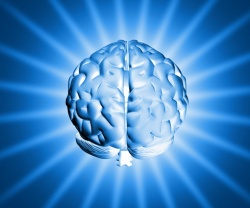Difference between revisions of "Nama"
Jump to navigation
Jump to search
(Created page with "thumb|250px| Mental phenomena. A collective term for vedanā (feeling), saññā (perception), cetana (intention, volition), [[phassa]...") |
(Redirected page to Nāma) |
||
| Line 1: | Line 1: | ||
| + | #REDIRECT [[Nāma]] | ||
[[File:2709589.jpg|thumb|250px|]] | [[File:2709589.jpg|thumb|250px|]] | ||
[[Mental]] [[phenomena]]. A collective term for [[vedanā]] (feeling), [[saññā]] (perception), [[cetana]] (intention, volition), [[phassa]] (sensory contact) and [[manasikāra]] (attention, advertence). Compare [[rūpa]]. Some commentators also use nāma to refer to the [[mental]] components of the five [[khandhas]]. | [[Mental]] [[phenomena]]. A collective term for [[vedanā]] (feeling), [[saññā]] (perception), [[cetana]] (intention, volition), [[phassa]] (sensory contact) and [[manasikāra]] (attention, advertence). Compare [[rūpa]]. Some commentators also use nāma to refer to the [[mental]] components of the five [[khandhas]]. | ||
Latest revision as of 03:10, 22 July 2013
Redirect to:
Mental phenomena. A collective term for vedanā (feeling), saññā (perception), cetana (intention, volition), phassa (sensory contact) and manasikāra (attention, advertence). Compare rūpa. Some commentators also use nāma to refer to the mental components of the five khandhas.
Source
"A Glossary of Pali and Buddhist Terms", edited by Access to Insight. Access to Insight, 4 March 2013, http://www.accesstoinsight.org/glossary.html . Retrieved on 21 July 2013.
